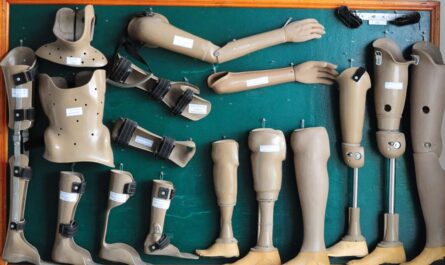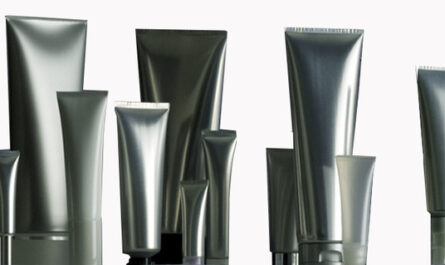Neuropathic pain affects millions of people worldwide and can greatly diminish quality of life if left untreated. Lidocaine patches represent an effective non-opioid option for managing this challenging condition.
How Lidocaine Patches Work
Lidocaine is a local anesthetic that temporarily blocks sodium channels in nerve cell membranes, preventing the conduction of pain signals. Lidocaine patches continuously deliver this medication through the skin directly to areas where neuropathic pain occurs. The patches contain a 5% concentration of lidocaine and are available by prescription only.
When applied to intact skin over a painful area, lidocaine is absorbed slowly through the epidermis into the dermis and has an onset of pain relief within 30-60 minutes. Peak absorption levels occur within 6 hours, providing up to 12 hours of pain relief for most patients. The medication acts locally on sensory nerves beneath the skin without entering the bloodstream in significant amounts.
Treating Different Types of Neuropathic Pain
Lidocaine patches have proven effective for treating multiple forms of neuropathic pain:
– Postherpetic Neuralgia: This very painful condition occurs after shingles and is caused by damaged nerve fibers. Lidocaine patches can dramatically reduce burning, stabbing pain that persists long after the shingles rash has healed.
– Diabetic Neuropathy: Both peripheral neuropathy affecting the hands/feet and distal symmetrical polyneuropathy are often treated successfully with lidocaine patches. Many diabetics find relief from burning sensations, pins and needles, or electric shock-like pain.
– Phantom Limb Pain: For those suffering lingering pain from an amputated limb, lidocaine patches position medication precisely at the neuroma or severed nerve ending to quiet painful nerve impulses.
– Spinal Cord Injury: Spreading neuropathic pain below the level of an injury responds well to lidocaine patches carefully placed around the painful area.
Benefits over Oral Medications
Lidocaine patches have certain pharmacological advantages over common oral neuropathic pain medicines:
– Localized Delivery: Unlike pills that disperse systemically, patches directly treat pain at its source with minimal absorption elsewhere. This provides robust analgesia with a low risk for adverse effects.
– Predictable Absorption: The skin provides controlled, sustained lidocaine levels for hours without peaks and troughs seen with some pills. This leads to steady, reliable pain relief.
– No Metabolism Variations: Some people metabolize certain pills rapidly while others slowly, causing unpredictable results. Patches bypass the liver and digestive system for a more consistent response.
– Polypharmacy Concerns: Elderly neuropathic patients in particular often take multiple medications daily, increasing risks of drug-drug interactions and adverse events. Lidocaine patches avoid adding to their pill burden.
Proper Use of Lidocaine Patches
For maximum benefit, it’s important lidocaine patches are applied and used correctly:
– Clean and dry the skin before application. Hair does not need to be removed.
– Apply the patch to an area of intact, non-irritated skin over the location of pain symptoms.
– Replace patches every 12 hours or as needed. Do not re-use the same patch.
– Wear waterproof bandages or clothing over patches during bathing to avoid accidental removal.
– Contact a physician if pain is not adequately relieved after a few days of consistent patch use. Dosing adjustments may be needed.
– Common side effects are minor skin reactions that usually subside, such as redness or itching. Discontinue use if irritation persists or worsens.
Lidocaine patches represent a valuable option in the fight against neuropathic pain. When applied judiciously according to prescribing guidelines, they effectively mitigate multiple painful conditions with minimal risk. Their long-lasting relief and convenient delivery method improve quality of life for many suffering from this troubling illness.
Lidocaine patches have emerged as a preferred first-line treatment for many patients based on their demonstrated analgesic effectiveness against various neuropathic pain syndromes, advantages over oral medications, and favorable safety profile. When applied properly to intact skin over painful areas, patches steadily release lidocaine to locally block pain signals for hours. This non-opioid approach avoids systemic absorption concerns while positioning medication precisely where needed. Lidocaine represents a treatment that works to make life more comfortable for those coping daily with neuropathic pain.
*Note:
1. Source: Coherent Market Insights, Public sources, Desk research
2. We have leveraged AI tools to mine information and compile it




